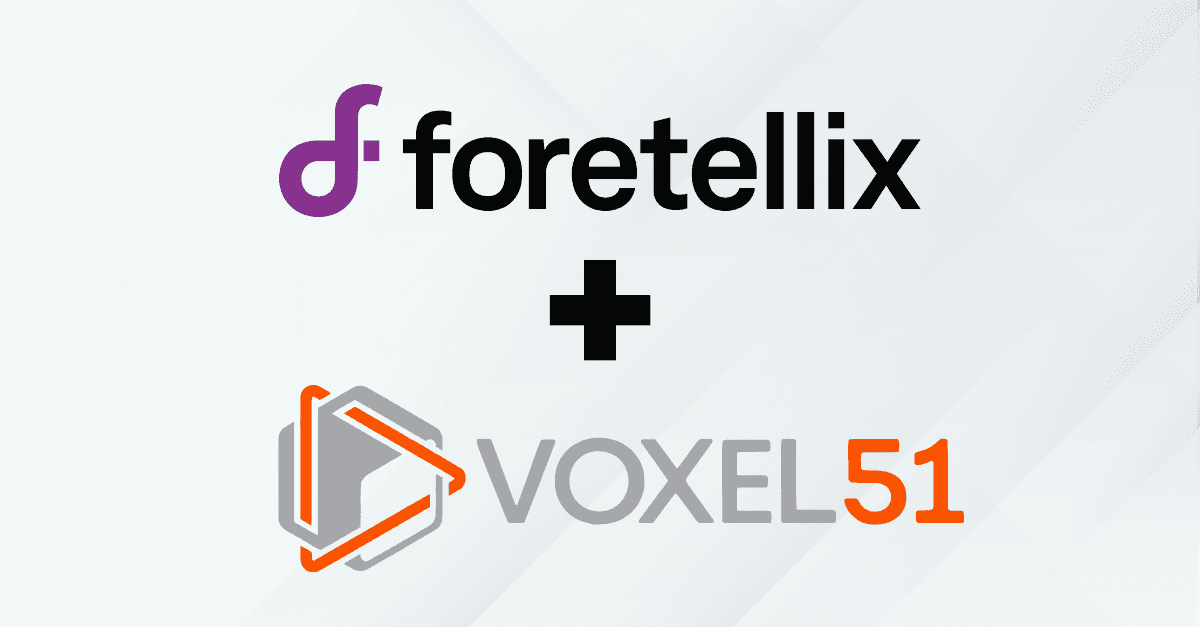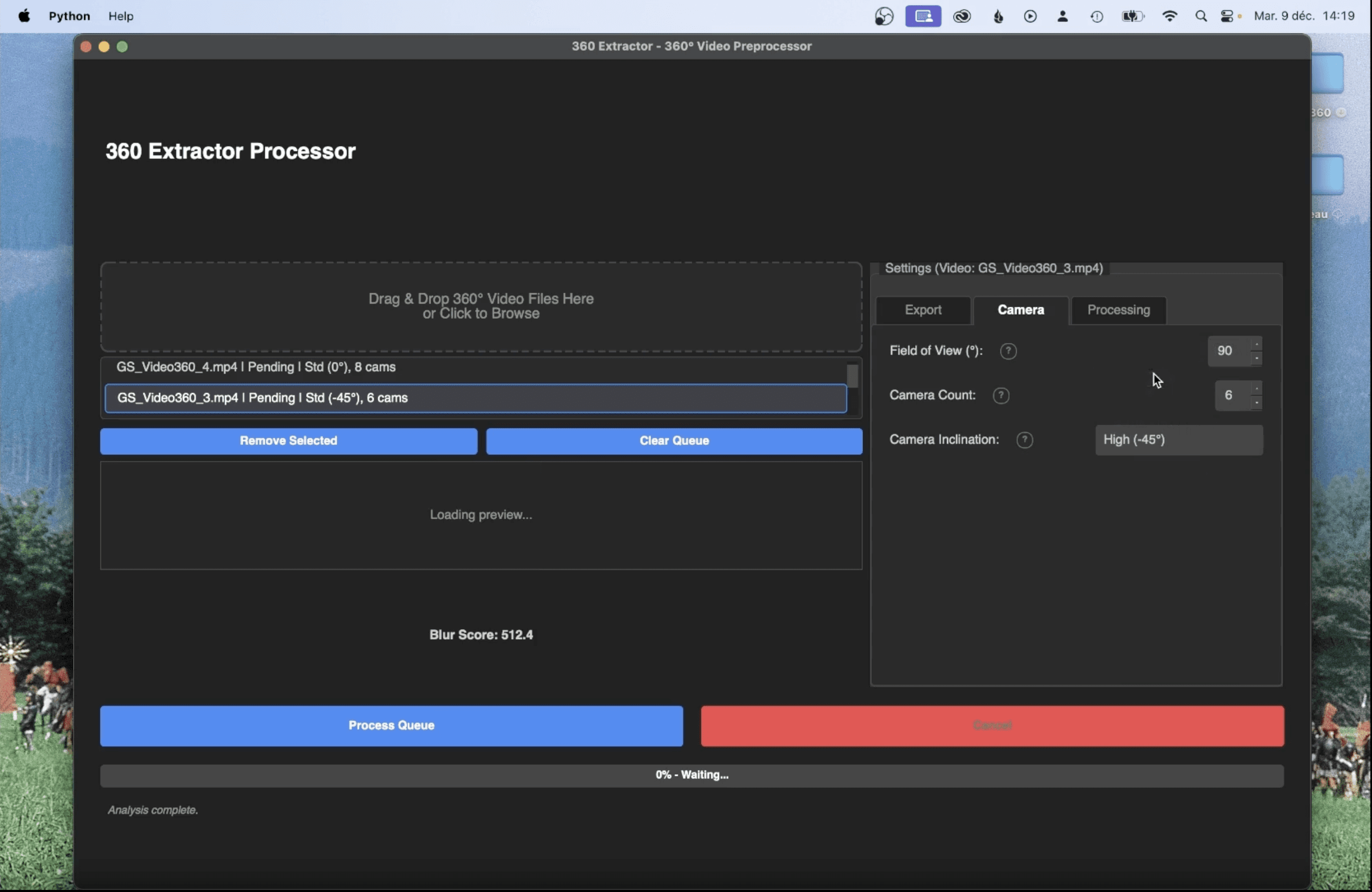
Michael Rubloff
Oct 9, 2025
Just weeks after the 2.11 release, PlayCanvas has rolled out Engine v2.12.0, and it’s one of the most substantial updates yet for those working with real-time radiance field rendering through Gaussian Splatting in the browser. This version continues the team’s rapid refinement of the unified 3DGS pipeline, introducing more efficient LOD behavior, better GPU utilization, and finer grained developer control.
One of the biggest advancements is in streaming LOD management. The engine now supports unloading splat files that are no longer needed, which is critical for long or continuous camera paths where memory can quickly balloon. Combined with the new progressive LOD loading for unified splats, PlayCanvas is becoming increasingly capable of handling massive Gaussian datasets on the fly, adjusting fidelity dynamically based on viewer position and hardware limits.
That theme of scalability runs throughout the release. Multi draw support has been added for both WebGL and WebGPU, allowing multiple indirect draw calls per mesh instance. This makes it possible to batch and execute far more splats per frame without overloading the CPU. The SOG (Spatially Organized Gaussians) format continues to evolve as well, now with GPU-based center buffer generation and new support for deflated .sog files, improving both loading speed and compression efficiency. Even the SOG import process has been refined for better mobile performance and reduced artifacts.
Developers now also have a public API to control unified capture behavior, alongside exposed parameters for LOD tuning and radial sorting. This gives artists and engineers a more direct handle on visual precision and performance balance. For those building custom pipelines, the engine now exposes shader customization for both camera frame composition and final splat compositing, signaling a continued shift toward modularity and flexibility in how splats are rendered.
The gizmo system, long a cornerstone of the PlayCanvas editor, continues to get attention, with styling improvements, new API options, and a more reliable update loop that fixes several visual inconsistencies. Camera controls are smoother and less error-prone thanks to optimized input deltas and reduced allocations, while new XR scripts introduce joystick based navigation for immersive web experiences.
The team also tackled an extensive set of fixes, from improved texture VRAM tracking and morph weight handling to subtle optimizations in unified splat sorting precision. Memory management has been tightened, particle warnings have been eliminated, and shader definitions have been cleaned up for better developer readability.
As browser-based 3D continues to push closer to native quality, PlayCanvas’s frequent updates are helping bridge that final gap. For developers experimenting with Gaussian Splatting, version 2.12.0 feels like another step toward making real-time radiance fields everywhere.
The Engine continues to be MIT Licensed and can be found here.







